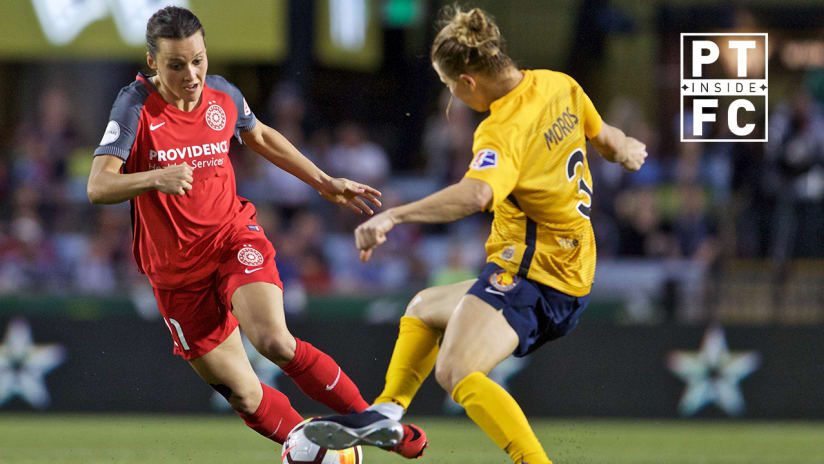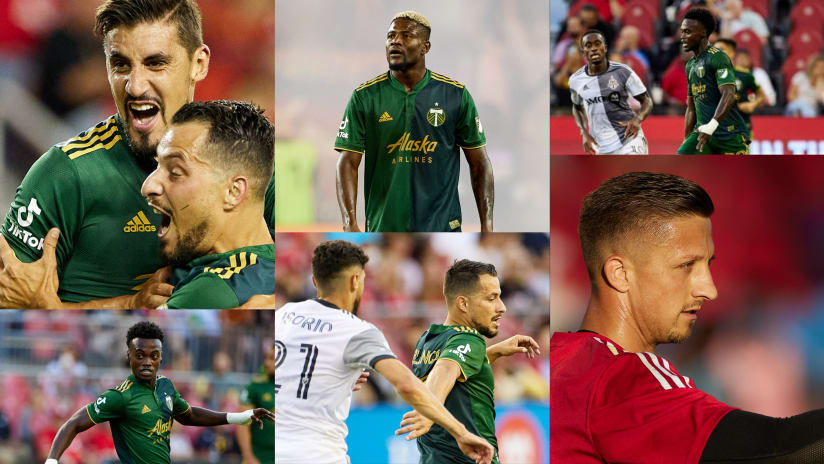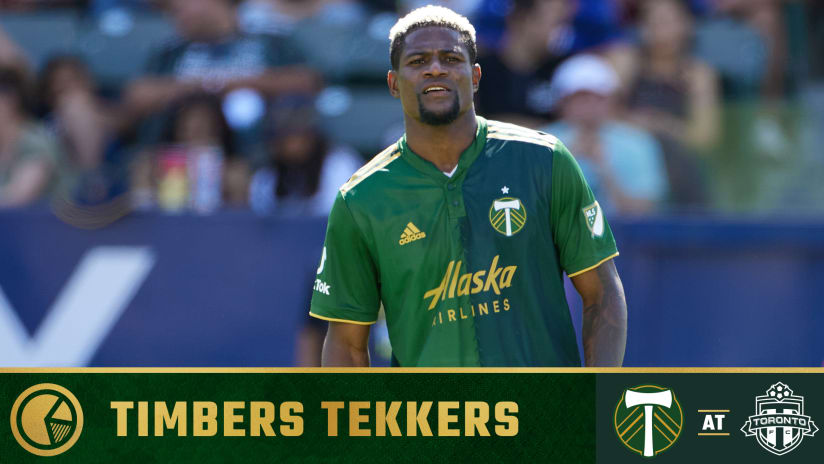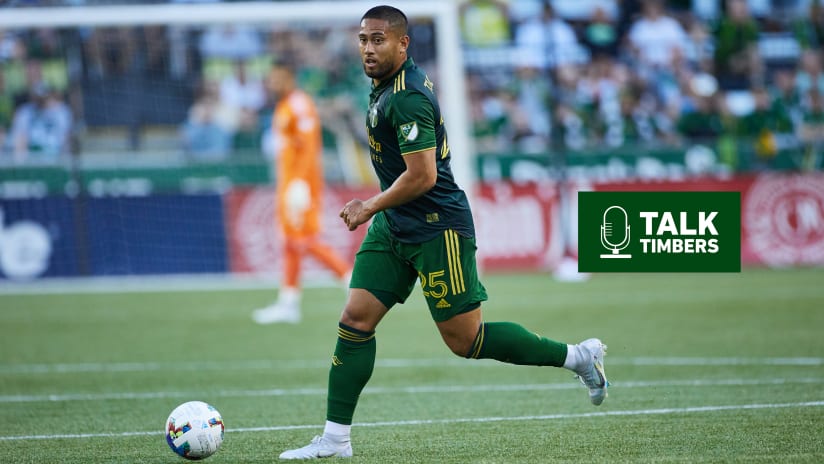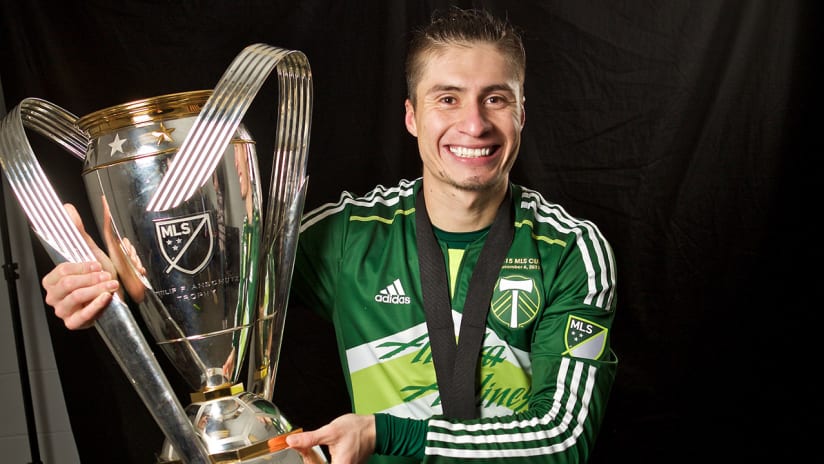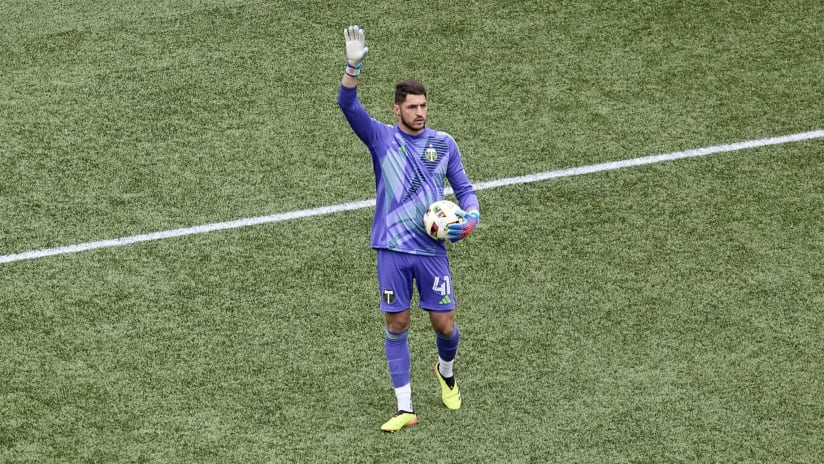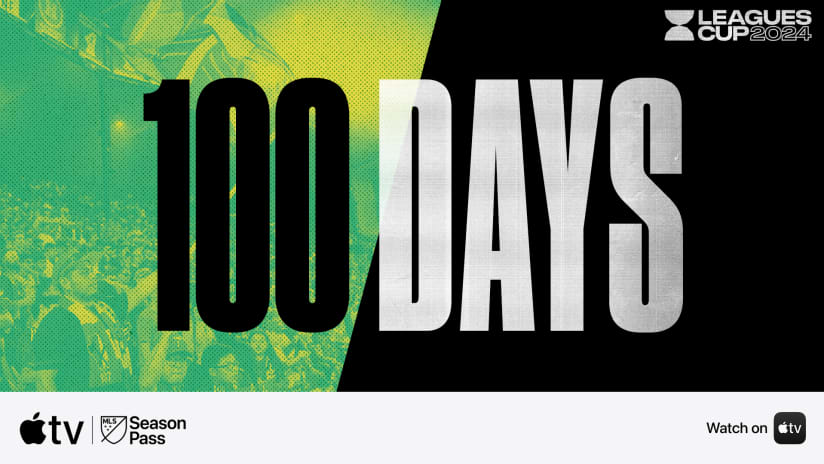The camera caught the frustration on Laura Harvey’s face in the sixth minute of Friday’s game, streaming it out via Go90 for the whole NWSL world to see.
Her Utah Royals FC were already down a goal to the Portland Thorns, having seen a first-minute Katrina Gorry giveaway turn into a Tobin Heath score. Even after that setback, though, her players were being pinned in their own end. Five minutes had passed, with the Royals occasionally pushing play into the other half of the field, but Utah had yet to get a hold of the game, a disadvantage her side wasn’t used to. They were they league’s leaders passes and completion percentage, but at that moment, they needed a goal kick’s pause to regroup.
And then, when the camera shifted focus to capture her mood, the Royals gave away the ball again, allowing the entire NWSL world to see the frustration that defined her match’s first minutes.

“I thought they pressed really well against us,” Harvey confessed after the game, having endured a 4-0 loss at Providence Park. “We gave the ball away and were sloppy in some areas … Credit to them. I felt they were the better team tonight.”
It was a sentiment echoed by her troops, with one former Thorn quick to laud Portland’s approach.
“Their pressure from the start was strong, and they stomped our initial intentions of building out of the back,” left back Rebecca Moros explained. “It also took us a while to get set after giving up a goal or two.”
Pressing vs. Pressure
We’ve talked about the Thorns pressing in this space, before, devoting an entire column to the ethos behind Portland’s previously relentless approach. Back then, though, the team was playing a different formation, and how you can press out of a two-forward front (in a 3-4-1-2) compared a one-striker setup (in the team’s current 4-2-3-1) is vastly different.
There is also a subtle difference in terminology, here, that is important. Notice Harvey uses the word “pressed” while Moros says “pressure.” In some contexts, those are slightly different things. Pressure is a broader term, one that refers to the space and time you’re willing to give your opposition. Pressing is also about space and time, but it usually refers to an overall system – your press – or plan you have in place. Your press is, essentially, how and when you apply your pressure.
You can think of this as the difference between tactics and style, a dichotomy that every soccer aficionado has dealt with while taking their knowledge to another level. But in diving into that dichotomy, there is a danger of oversimplifying things, confounding terms, or being too patronizing about the discussion. All of those barriers further the misnomer that tactics and style are the same. They’re not. They’re intertwined, but there are key, definitional differences. Style refers to the underlying traits of your play, while tactics are the specific decisions that implement those traits.
What was on display Friday from the Thorns in their win was less of an overarching system than a stylistic choice, one that could be employed from any formation, regardless of how many players you have at each position. Against Utah, Portland didn’t want to give anybody any time on the ball, particularly when the Royals were building out of their own end. Each players’ choice between getting up on their opponents and leaving vacated space behind was almost always answered the same: Sacrifice the space, offset that in other ways, but don’t let the Royals’ players turn upfield.
Consider this sequence, one that starts in a place where defending teams would normally sit in, maintain their shape, and not risk giving up space. But as the Royals try to move the ball to seven separate players, taking play from their attacking third to back across the center line, Portland constantly pursues, with the only moment of indecision coming when Ana Crnogorčevićis unsure whether Christine Sinclair will continue chasing the ball. With every pass, there is a Thorn response, until the ball eventually goes out into touch on the opposite side of the field.
Seven different Thorns are involved in this pressure, from fullbacks to forwards, midfielders to wingers. The core principle, here, can be seen in Sinclair, who moves from one player to another and then feigns toward a third. Go get the ball. Make their lives hard. Make their lives as difficult as possible.
Ellie Carpenterfinished the game with a game-high five tackles, mostly as a result of her aggressive play high up the right flank, ahead of her normal fullback’s position. Midge Purce, in the half she played, was on the end of four Utah fouls, largely due to her being proactive in claiming loose balls from her left back’s spot. And Lindsey Horan, though she was only credited with two tackles and two interceptions on the night, was able to use Celeste Boureille’s deeper presence in central midfield to influence play all over the field, her game-high 73 touches augmented by being in a place to claim so many second balls.
Whenever Utah moved the ball past the forward line, somebody immediately responded. Purce on the left. Horan in the middle. Carpenter on the right. When the Royals were forced into a negative play, Hayley Raso pursued. As did Crnogorčević. As did Heath. No matter where Utah’s players moved the ball, a Thorn was there to make their lives worse, with the trio of Emily Menges, Emily Sonnett and Boureille providing the foundation to it all.
A Royal Pain for Utah
This type of approach wasn’t unique to the Utah game, but against the Royals, the Thorns have very specific advantages that allow it to work. Against almost any NWSL opponent, Portland is going to be the more physical side, with players like Horan and Christine Sinclair consistently able to impose themselves on the opposition. But sometimes, opponents have the athleticism or quickness to move around the Thorns’ pressure. That’s the give-and-take head coach Mark Parsons has to consider against every opponent.
Against Utah, that give-and-take sways heavily in one direction. In terms of skill, the Royals have players like Gunnhildur Jonsdottir, Gorry and Diana Matheson that can move the ball through midfield, but when you get those players moving back to their own goal, they’re put in a situation to fail. They don’t have the speed to outrun Portland’s bigger opposition, and they’re unlikely to win the one-on-one battles that follow. That may explain why Utah has a plus-four goal difference against the rest of the league but, in three games, a minus-six against the Thorns.
For those players, the best-case scenario is often playing a negative ball back or wide - places where, if you’re an optimist, you can really see where the Thorns are starting to become their true selves. Horan and Sinclair have always been able to lock down the middle, but for the first part of this season, the team relied on Mallory Weber’s insatiable effort to define play up top. Now Raso is also healthy, as is Heath on the opposite flank. Crnogorčević has been fully integrated. With the move to a 4-2-3-1, the teams’ wide defenders are attacking play with an extra player higher in the formation, no longer in a center back’s role. When the Thorns want to now apply pressure, they do so with greater numbers, speed, and experience. When the product of that pressure sprouts, they have more quality on the field to leverage the harvest.
As with so many things Thorns FC this season, a lot of that exists in theory. It’s the best-case version of Portland’s hypothetical selves. But after a 4-0 victory over what was the NWSL’s best defense, it feels like the right time to reconsider those questions: How good can the Thorns be? How often are we likely to see it, when they’re not playing Utah? And, as it concerns pressing and pressure, what will the identity of the Thorns be when they realize the best versions of themselves?

